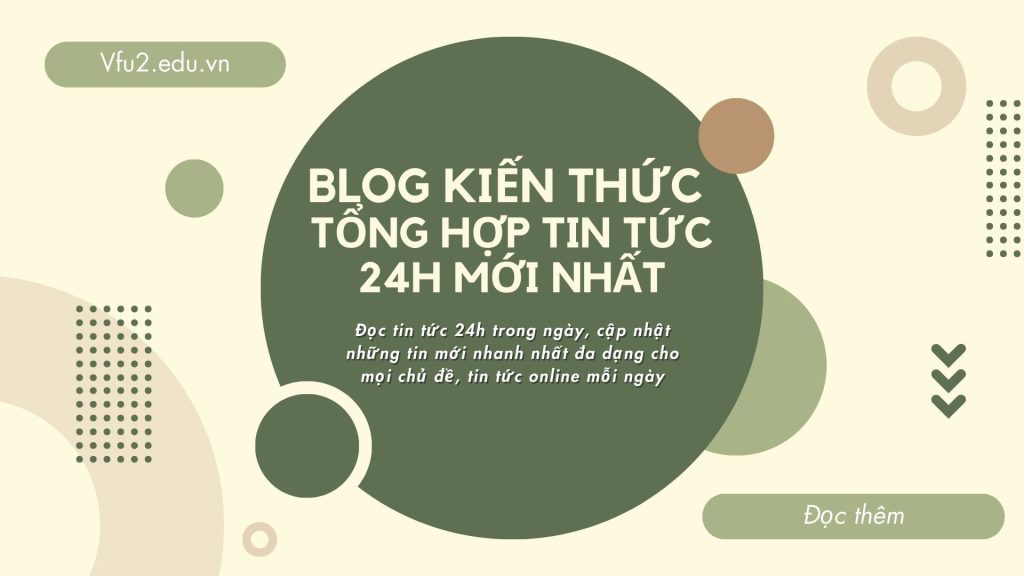Giải Tiếng Anh 8 Unit 3: CLIL giúp các em học sinh lớp 8 trả lời các câu hỏi tiếng Anh bàiAdventure trang 92 sách Chân trời sáng tạotrước khi đến lớp.
Soạn CLIL Unit 3 lớp 8được biên soạn bám sát theo chương trình SGK Friends Plus Student Book. Qua đó giúp học sinh nhanh chóng nắm vững được kiến thức, dễ dàng làm bài tập về nhà và học tốt tiếng Anh 8. Vậy sau đây là nội dung chi tiết bài Soạn Anh 8 Unit 3 CLIL trang 92 mời các bạn cùng theo dõi và tải tài liệu tại đây.
Bài 1
Match the words in blue in the fact sheet with definitions 1–7. (Nối các từ màu xanh lam trong tờ thông tin với các định nghĩa từ 1–7.)
Gợi ý đáp án
1. changes from liquid into gas: evaporates
2. changes from gas into liquid: condenses
3. rainfall: precipitation
4. water when it exists in the air: vapour
5. the part of the land or body of water at the top: surface
6. ice is in this state: solid
7. water at room temperature is this: liquid
Bài 2
Read the fact sheet. What happens to water when it falls to the Earth? (Đọc tờ thông tin. Điều gì xảy ra với nước khi nó rơi xuống Trái đất?)
THE WATER CYCLE
Now here is a challenge for you. Go and get a glass of water and take a look at it. Can you guess how old it is? Well, your water perhaps fell from a cloud just a couple of weeks ago, but it has been around for the same length of time as planet Earth! That means that your glass of water was around when the first creatures swam in the sea and when the dinosaurs roamed the Earth. But how is this possible?
The fact is that the quantity of water on the Earth remains the same over time and it constantly goes through the water cycle. In the cycle, there is continuous movement of water on, above and below the surface of the Earth. Firstly, the sun heats the water in the rivers, seas and oceans, and it evaporates into the air. Plants and trees lose water, too, and this also goes up into the air. The water vapour then cools and condenses into small drops which form clouds. You can see how condensation happens if you look again at your glass of water on a hot day. After a short time, water from the air condenses onto the cold glass. Back to the sky, though, and the next step is that the clouds gradually get heavier and heavier until they can’t hold the water any more, and it falls to Earth as rain, sleet or snow.
Water can change state from liquid to vapour to solid during the cycle, but any form of water that falls from the clouds is called precipitation . When on Earth, some of the water runs into rivers, lakes and streams and becomes surface water. Some enters the ground and forms underground rivers or lakes before eventually flowing back to the seas and oceans. The cycle is complete.
Gợi ý đáp án
When falling to the Earth, some of the water runs into rivers, lakes and streams and becomes surface water. Some enters the ground and forms underground rivers or lakes.
Bài 3
Label the diagram with the words in the box. (Dán nhãn sơ đồ bằng các từ trong bảng.)
Gợi ý đáp án
1. water returns to the sea
2. evaporation
3. condensation
4. precipitation
Bài 4
Gợi ý đáp án
1. The amount of water on Earth doesn’t change over time.
2. Water vapour condenses when it cools.
3. After a short time, water from the air condenses onto the cold glass.
4. Name two forms of precipitation: rain, snow. I know some other types of precipitates which are: hail, ice crystal and drizzle.
5. The three states that water can be in are: solid (ice), liquid (water), gas (steam / vapour).
Bài 5
USE IT! Work in pairs. Create a poster to show what happens in the water cycle. Include information from this page. (Làm việc theo cặp. Tạo một tấm áp phích để chỉ rõ những gì xảy ra trong vòng tuần hoàn nước. Hãy sử dụng thông tin từ trang này.)
Học sinh tự thực hành
Cảm ơn bạn đã theo dõi bài viết Tiếng Anh 8 Unit 3: CLIL Soạn Anh 8 Chân trời sáng tạo trang 92 của vfu2.edu.vn nếu thấy bài viết này hữu ích đừng quên để lại bình luận và đánh giá giới thiệu website với mọi người nhé. Chân thành cảm ơn.

